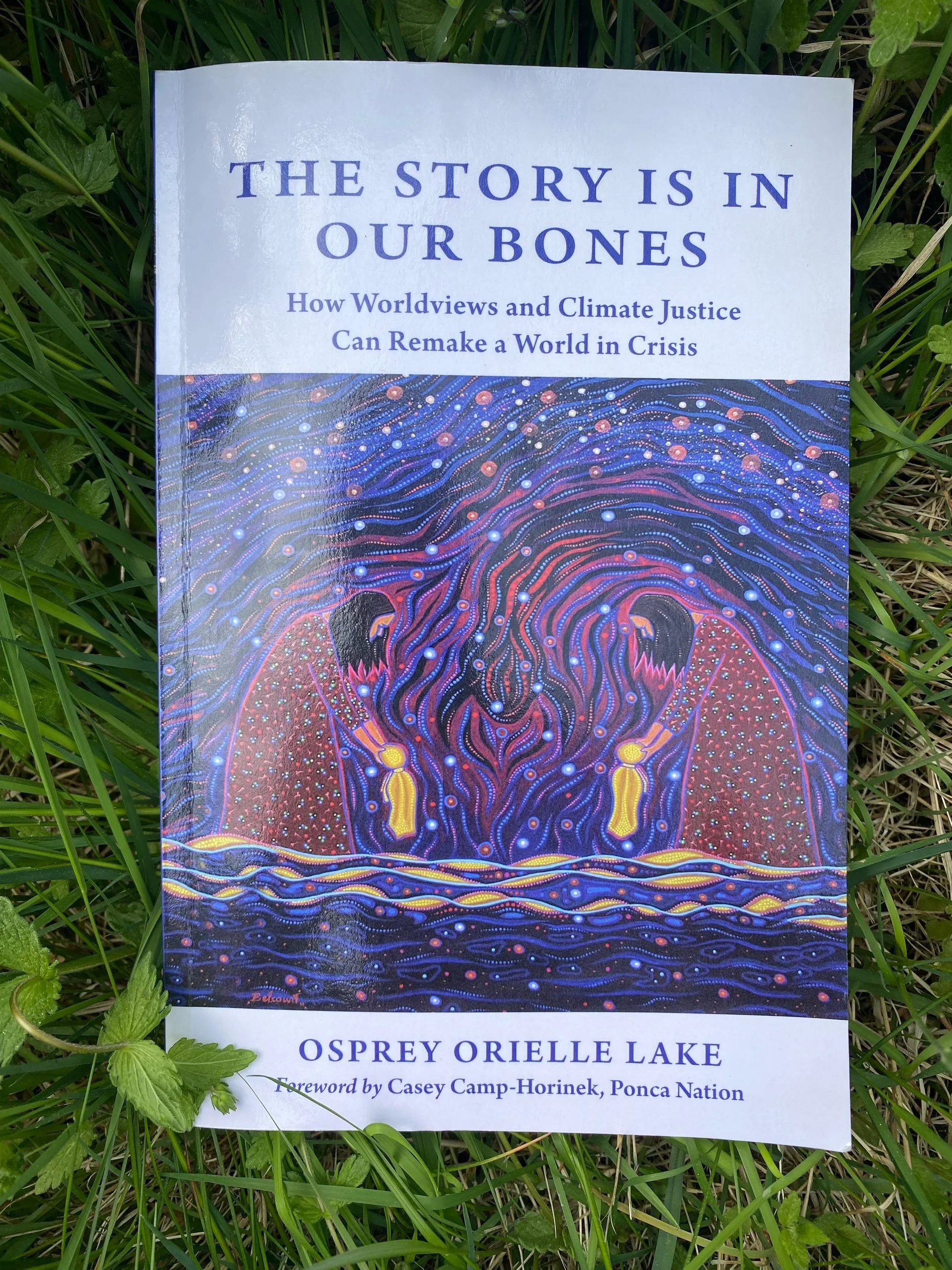3.8 Concerns from a Coastal Sámi organization on rights to the natural resources
Bivdi, a Coastal Sámi interest organization for promoting and safeguarding the Coastal Sámi’s interests and rights to the sea, explains how the Coastal Sámi culture is likely to be the oldest culture in Norway, and the oldest in Sámi context. By using the coastal areas for fishing, the Coastal Sámi have gathered knowledge and rights from having done so in a very long timeframe. Their entire settlements, livestock and identity are based around the marine resources. Experience-based knowledge has throughout the ages designed an adaptable commercial activity and coastal culture. However, Bivdi has its basis in that the resources for fishing and the other marine resources and rights in the nearby areas belong to the community. These are rights that cannot be invested in, and will not be a traded good for capitalistic interest, but needs to be the foundation for a continuously viable community. During the past hundred years, the Coastal Sámi fishers have been in dialog with the authorities to report back what the situation is at sea, and what is needed for the Coastal Sámi to protect their rights. Bivdi reports that this has been experienced as a hopeless struggle where the Coastal Sámi have continuously been the losing part. This is why they claim that today the result is the long term effects of a failed fishing policy and the consequences of the marked forces, which is a dramatic reduction in resources and many rural Coastal Sámi communities have been abandoned. Their strategy as an organization includes that fishing zones are established, and where there is doubt, the rights should be given back to the local communities. The commercial activity needs to be agreeable with the joint local management, meaning experience-based knowledge will be a part of the wider management. Bivdi welcomes new technology and knowledge when this is used alongside a Coastal Sámi way of sustainable thinking. There is a need for research from a Coastal Sámi perspective, and in this fjord and coastal communities have a joint agenda not considering whether the population living there are Sámi or non-Sámi. The exploitation of the marine resources is of collective interest and by establishing an indigenous zone Bivdi exclaims how this would aid in building a stronger protective area around their resources. This would also help the social rights for Coastal Sámi that need improving including infrastructure and their livestock.
The report ‘Our common future’ under the chapter on ‘Empowering Vulnerable Groups’ states that it is a ‘Terrible irony that as formal development reaches more deeply into rain forests, deserts, and other isolated environments, it tends to destroy the only cultures that have proved able to thrive in these environments.’ (WCED, 1987: 115) This holds true for the Sámi population of the far most northern municipalities of Norway.
The book ‘Arctic oil and gas - Sustainability at risk?’ (2008) opens up a new angle to the Barents Sea oil reservoirs; as the non-Sámi population is not a homogeneous groups, neither are the Sámi. Within the Sámi Parliament there are members advocating that the petroleum reservoirs found on Sámi territory should rightfully go to the Sámi. This view does not indicate that the petroleum would be extracted or refined by the Sámi population, as they do not claim the sole right to the petroleum findings, but the main consideration is that as these potential oil and gas findings are located in Sámi territories it is their right that this should benefit the Sámi. The Sámi parliament got a UN resolution from the Human Rights Council declaring that indigenous rights include resources in and bellow the sea, to hand over to the Norwegian Parliament when considering the management of the petroleum found in the South-East Barents Sea.




